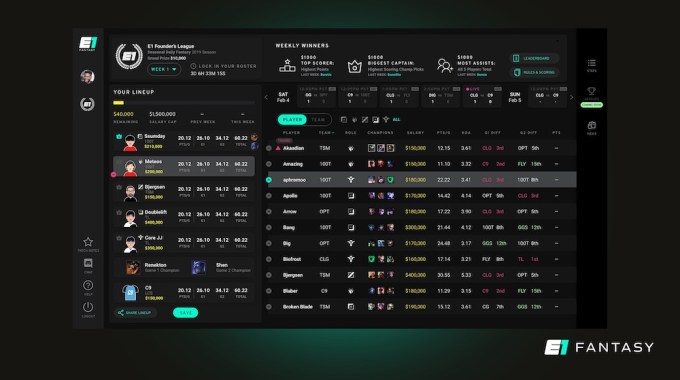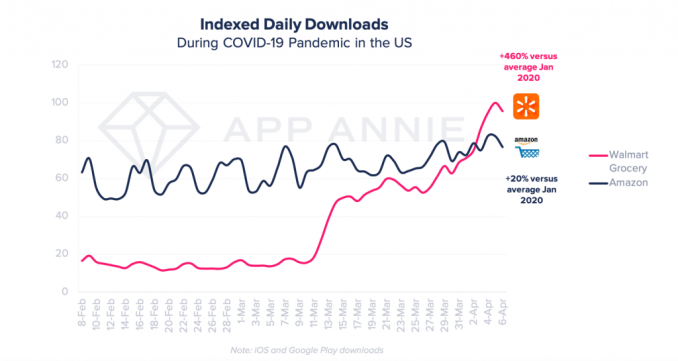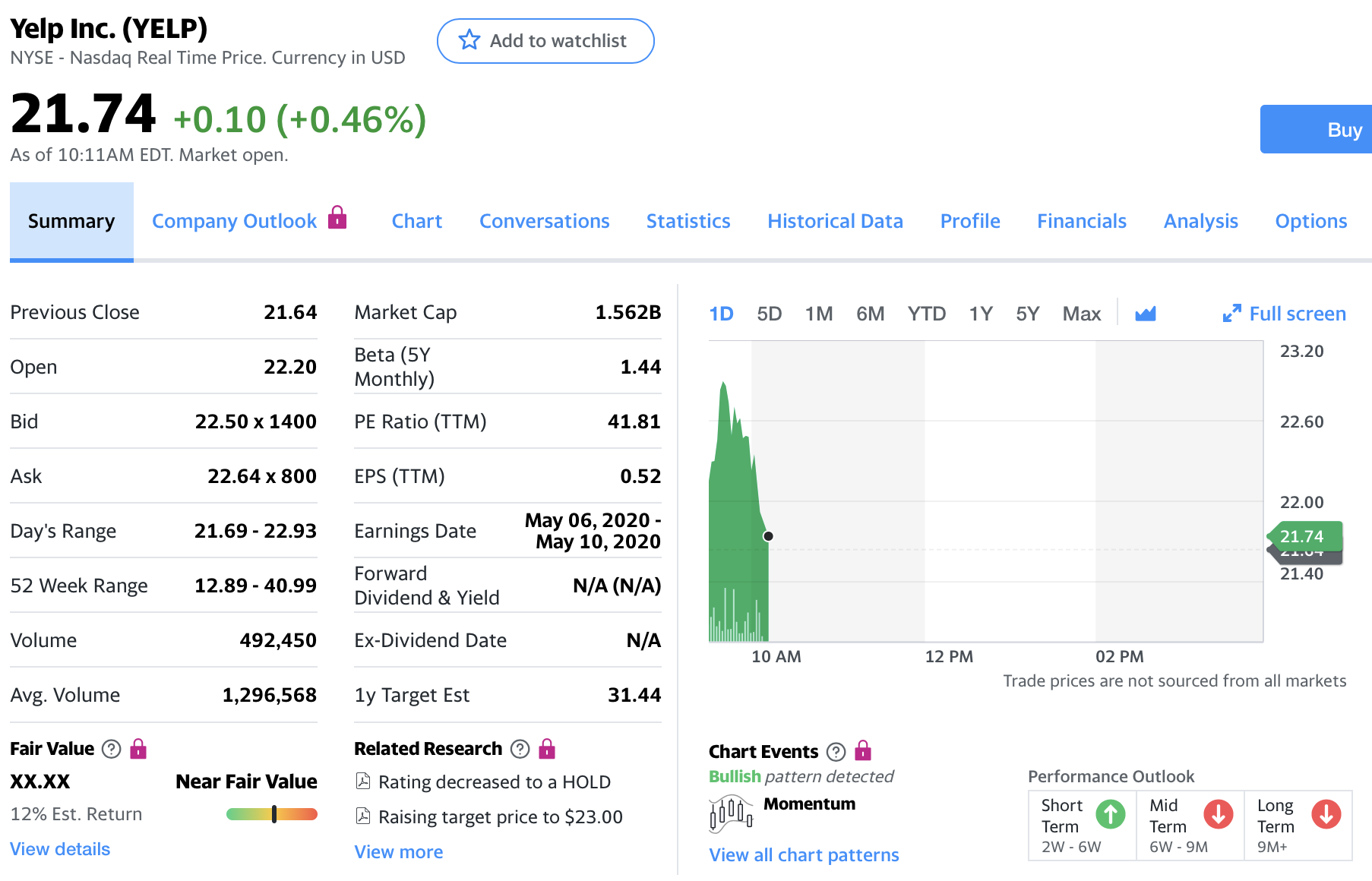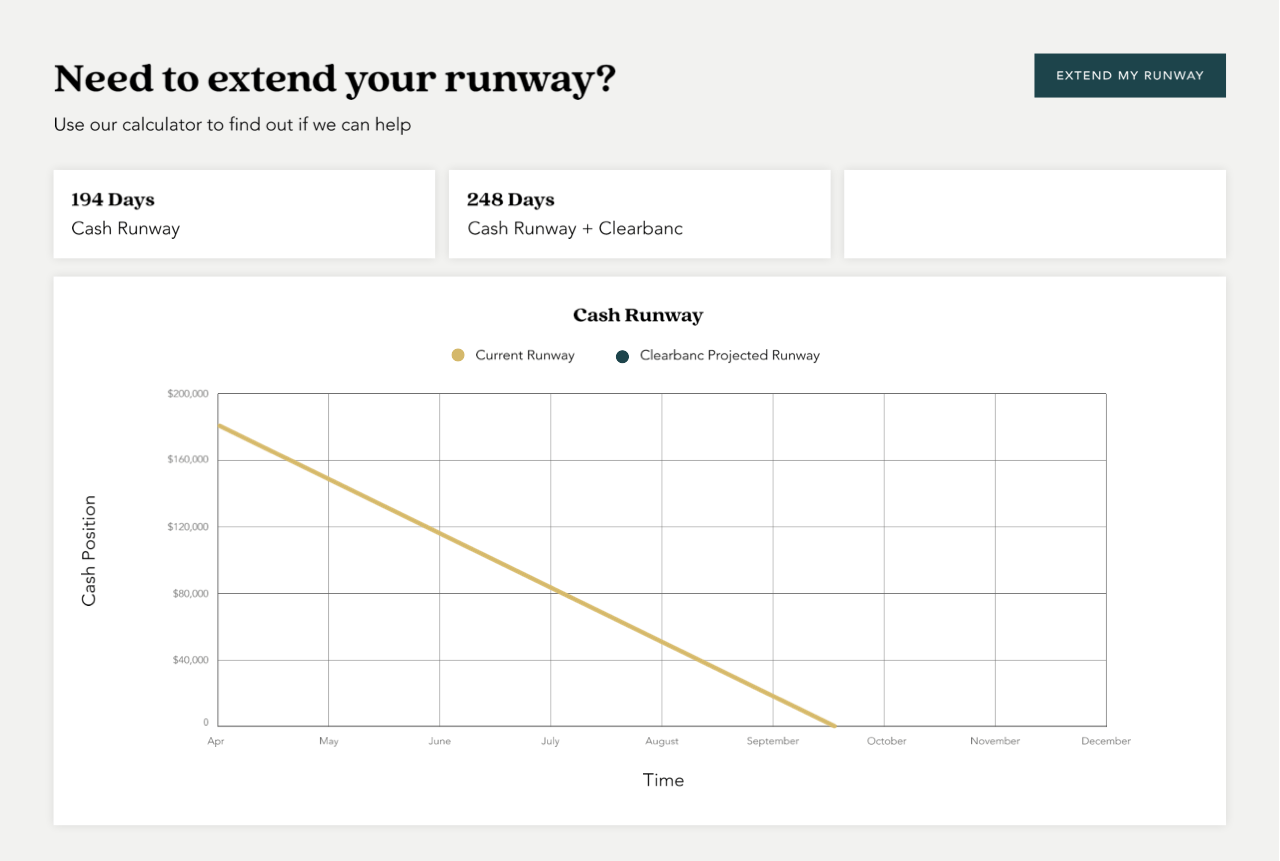Esports One is a startup betting that there’s a big opportunity in bringing a fantasy sports approach to the world of esports — particularly at a time when traditional pro sports are on pause.
Co-founder and COO Sharon Winter told me that the company’s platform, which is leaving beta testing today, is the first “all-in-one fantasy platform” for esports. In other words, it’s not just a site where you can create a fantasy team to compete with others, but also a place where you can research players, read articles about the latest news and watch live games.
And while Esports One is starting out by supporting the LCS (North American) and LEC (European) regions for League of Legends, the goal is to support a wide range of esports titles.
Co-founder and CEO Matt Gunnin said that when he started Esports One in 2017, the goal was to create “the first and only esports fantasy destination.” And while today’s launch is in many ways the realization of that vision, Esports One has been launching other data and analytics products in the meantime, becoming a data partner for both Acer’s Planet 9 esports platform and League of Legends publisher Riot Games.
Backed by Eniac Ventures and Xseed Capital,, the company was also part of the first class of startups to participate in the MIT Play Labs accelerator, and it says it uses computer vision technology developed at MIT and Caltech.
Why does an esports startup need that level of tech? Gunnin compared it to watching pro football on TV, where you can see a virtual yellow line indicating how far a team needs to advance to achieve first down.
“Imagine trying to watch a football game if there isn’t that yellow first-down line,” he said. “What we’ve been trying to build from the early days is the technology to be that first-down line for esports.”

Image Credits: Esports One
More specifically, Gunnin and Winter explained that their computer vision capabilities allow Esports One to track the activity in a game without having to rely on a game publisher’s company’s API — though Gunnin added that when an API is available, they’re happy to use it as “a central source of truth” to start training the company’s algorithms.
Gunnin added that the plan is to keep the basic Esports One platform free, then add premium subscription features over the summer.
“There could be various ways for users to get more insights, more analytics, more research tools, more ways to engage with one another,” he said. “We’re not going into gambling … Users don’t have to buy an advantage when they’re playing against anyone else, [we don’t want users to have an advantage] because they’re paying for monthly subscription access to stats. But we could take some of those stats and make it available in chart form, make it exportable.”
The company said that while in beta, the platform has already pulled in 30,000 active participants — and that’s without advertising spend.
And Gannin and Winter suggested that there’s an even bigger opportunity to expand the esports audience right now, as traditional fans have nothing to watch and even pro basketball players are turning to video games to compete.
“As people have been staying at home… we’re seeing DMs to our social media accounts from people diving into esports, signing up for Discord accounts,” Winter said. “We’ve ramped up the support to educate the community and expand the esports audience. It’s quickly surpassing mainstream, traditional sports.”




